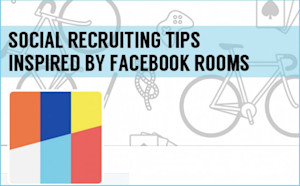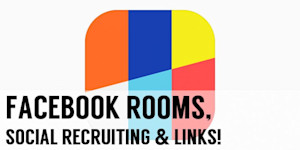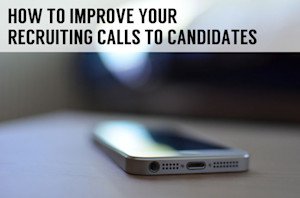I’m never sure what to say on Remembrance Day (or Veterans Day if you’re born in the U.S.A). Living in Europe, in a country that remembers the war in a way most Americans can’t, drives home the fact that saying Happy Remembrance Day is extremely inappropriate. What is appropriate? Giving thanks. Honoring vets with words, poppies, and ceremonies is the appropriate thing to do, but hiring veterans is a much more practical way to give thanks. There are currently 21.4 million veterans in America; over 720,000 of them are without a job. Each year, about 7,600 Canadian Armed Forces personnel leave the Canadian Armed Forces, including approximately 1,000 personnel released for medical reasons beyond their control. Finding meaningful employment is a key factor in making a successful transition to civilian life. Today I’d like to share some links that explain why hiring vets is great for your company, how to go about hiring vets, and highlighting those companies that make hiring veterans a priority.
Looking to Hire? Consider a Veteran – Martin Birt Great explanation of why hiring vets is beneficial for companies with a focus on Canadian veterans and businesses. “In the next year some 5,000 exceptional candidates will be entering the job market. Many of them will be mission focused and extraordinary team players, guided by ethical obligations including integrity, loyalty, courage, honesty, fairness and responsibility.”
Resources and Tips to Source Military and Veteran Candidates – Dean DaCosta This is the most useful article I’ve read about how to go about hiring vets, and the resources available to (US) companies that hire veterans. “More than 200,000 service members leave the military every year. Over 80% of military jobs have a civilian counterpart, meaning of the 200,000 getting out, over 160,000 will come out with skills and experience directly relevant to civilian jobs. All you have to do is identify and hire them.”
Military Vets Excel in IT, Companies Find – Tracy Mayor Struggling to find IT talent? Hiring veterans may be the solution you’ve been looking for. "Veterans possess the drive, self-discipline and problem-solving skills that are essential for working as an IT professional." - Jim Kuhn, SVP of USAA's project delivery group
5 Fortune 500 Companies Transforming The Job Market for Veterans – Laura Lorenzetti Learn about the innovative approaches these Fortune 500 companies take to hire veterans. “Starbucks established an internal development network that will match veterans and military spouses with the right roles within the organization.”
Military-Civilian Connecting Military Veterans with Civilian Careers Lucy Jensen founded Military-Civilian to connect employers with military veterans and their spouses. Lucy’s blog, Facebook Page, and Twitter provides a wealth of information, as well as job postings for vets. Visit Military-Civilian if you are looking to hire more veterans, or if you, or someone you know is a vet in search of a civilian career.
Read More






